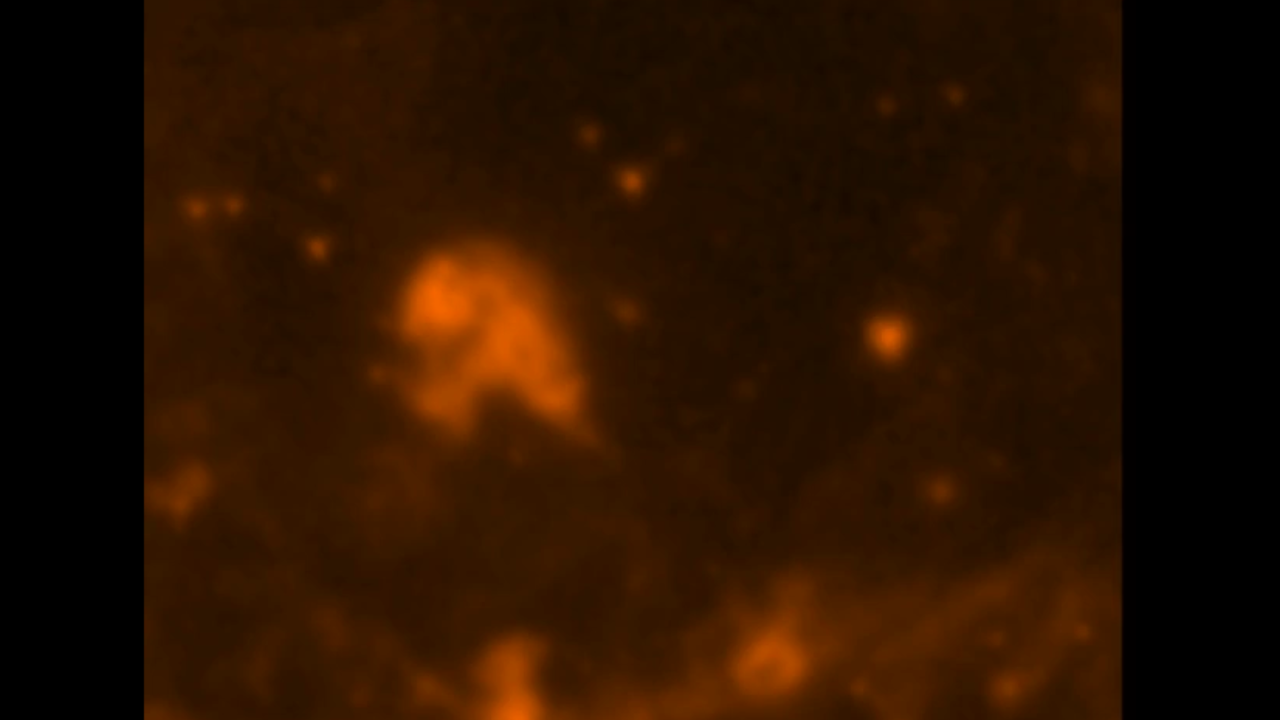1 min read
Supernova Remnant LMC N 63A in X-Ray, Optical and Radio Radiation

About the Object
- R.A. PositionR.A. PositionRight ascension – analogous to longitude – is one component of an object's position.05h 35m 42.99s
- Dec. PositionDec. PositionDeclination – analogous to latitude – is one component of an object's position.-66° 2' 31.99"
- Object NameObject NameA name or catalog number that astronomers use to identify an astronomical object.LMC N 63A
- Release DateJune 7, 2005
- Science ReleaseSupernova Remnant Menagerie
- Credit
Related Images & Videos

Supernova Remnant N 63A Menagerie
A violent and chaotic-looking mass of gas and dust is seen in this Hubble Space Telescope image of a nearby supernova remnant. Denoted N 63A, the object is the remains of a massive star that exploded, spewing its gaseous layers out into an already turbulent region. The supernova...

Chandra 3-Color X-ray Image of N 63A
Chandra's image of N63A shows material heated to about ten million degrees Celsius by a shock wave generated by the supernova explosion. The fluffy crescent-shaped X-ray features that appear around the edge of the remnant are thought to be fragments of high-speed matter shot out...

Supernova Remnant Menagerie
The Hubble Space Telescope's Wide Field Planetary Camera 2 (WFPC2) was used to obtain images of a violent and chaotic-looking mass of gas and dust known as N 63A. The dissolve sequence builds from a Spitzer telescope infrared image of the area, adding the Chandra X-ray image,...
Share
Details
Claire Andreoli
NASA’s Goddard Space Flight Center
Greenbelt, Maryland
claire.andreoli@nasa.gov


































